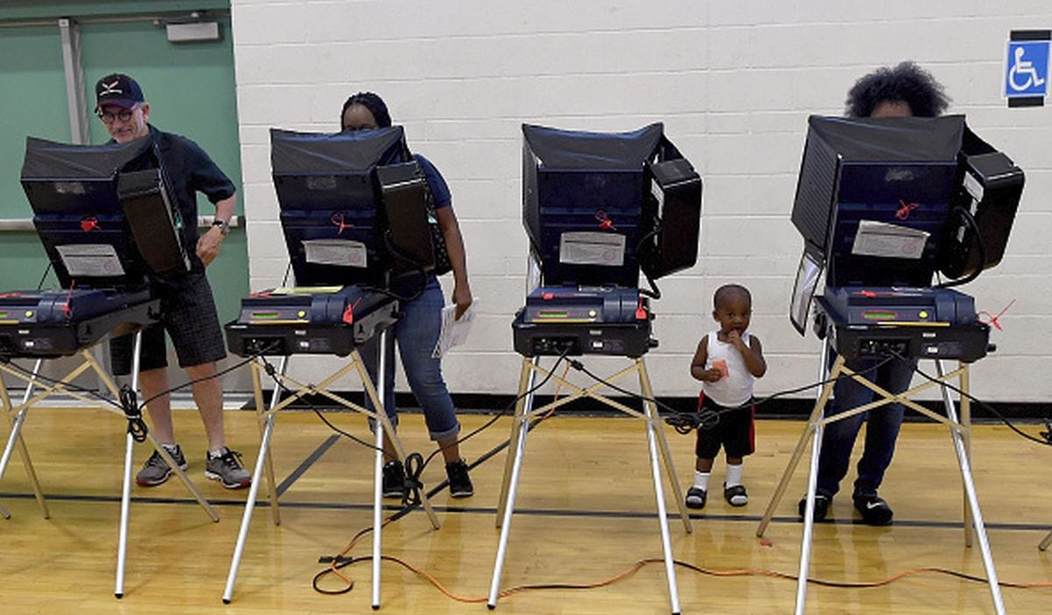How concerned should we be about election security? Trump established an election commission that will look into voter fraud and illegal voting, but what about the security of voting machines?
A competition at a convention in Las Vegas gave hackers the opportunity to try and break into standard voting machines used across the country. Shockingly, the hackers were able to succeed in minutes. The feat raises questions about the ability of a foreign government, or others, to stuff the ballot box or otherwise cause mayhem on election day with voting machines.
The Register:
This year at the DEF CON hacking conference in Las Vegas, 30 computer-powered ballot boxes used in American elections were set up in a simulated national White House race – and hackers got to work physically breaking the gear open to find out what was hidden inside.
In less than 90 minutes, the first cracks in the systems’ defenses started appearing, revealing an embarrassing low level of security. Then one was hacked wirelessly.
“Without question, our voting systems are weak and susceptible. Thanks to the contributions of the hacker community today, we’ve uncovered even more about exactly how,” said Jake Braun, who sold DEF CON founder Jeff Moss on the idea earlier this year.
“The scary thing is we also know that our foreign adversaries – including Russia, North Korea, Iran – possess the capabilities to hack them too, in the process undermining principles of democracy and threatening our national security.”
The machines – from Diebolds to Sequoia and Winvote equipment – were bought on eBay or from government auctions, and an analysis of them at the DEF CON Voting Village revealed a sorry state of affairs. Some were running very outdated and exploitable software – such as unpatched versions of OpenSSL and Windows XP and CE. Some had physical ports open that could be used to install malicious software to tamper with votes.
It’s one thing to physically nobble a box in front of you, which isn’t hard for election officials to spot and stop. It’s another to do it over the air from a distance. Apparently, some of the boxes included poorly secured Wi-Fi connectivity. A WinVote system used in previous county elections was, it appears, hacked via Wi-Fi and the MS03-026 vulnerability in WinXP, allowing infosec academic Carsten Schurmann to access the machine from his laptop using RDP. Another system could be potentially cracked remotely via OpenSSL bug CVE-2011-4109, it is claimed.
We’re told the WinVote machine was not fully secured, and that the intrusion would have been detected and logged, so don’t panic too much. And not all the attacked equipment are used in today’s elections. However, it does reveal the damage that can potentially be done if computer ballot box makers and local election officials are not on top of physical and remote security, especially with a growing interest from Russia and other states. Think of it as a wakeup call.
What genius decided to install Wi-Fi capability in a voting machine? Someone who didn’t think very hard about keeping them secure, that’s who. You may recall that for the 2016 election, Homeland Security offered security advice for states that requested it. But this was because state registrars discovered attempts to hack voter registration rolls. It’s an entirely different issue when voting machines are involved.
There are quick fixes for this problem, but you would hope that states take the time and make the effort to harden our security in time for the 2018 midterms. The issue is too important to wait until the last minute to fix.










Join the conversation as a VIP Member